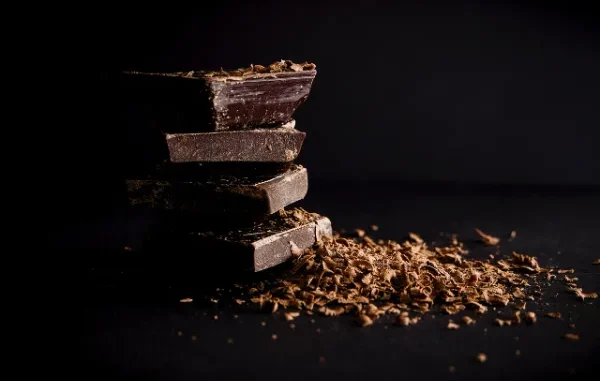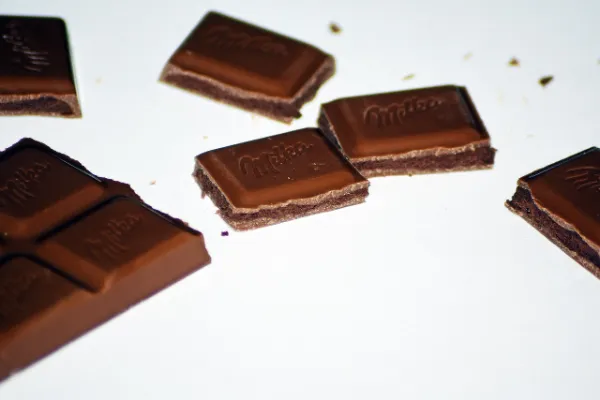
Introduction
Chocolate, a beloved treat enjoyed by people worldwide, has a rich and complex history. While its origins can be traced to Mesoamerica, Europe played a pivotal role in popularizing and transforming this delicacy. This case study delves into the fascinating journey of chocolate from its introduction to Europe to its subsequent transformation into a cultural icon.
The Arrival of Chocolate in Europe
The arrival of chocolate in Europe can be attributed to the Spanish conquistadors in the 16th century. They brought cocoa beans, the primary ingredient in chocolate, back from their expeditions to the Americas. Initially, chocolate was consumed as a bitter drink, often flavored with spices like vanilla and chili peppers. It was primarily reserved for the elite and was considered a luxury item.
The Transformation of Chocolate
Over time, chocolate underwent significant transformations in Europe. The addition of sugar made it more palatable to a wider audience, and the development of new processing techniques led to the creation of various chocolate forms, including bars, truffles, and bonbons. The Industrial Revolution further revolutionized chocolate production, making it more accessible and affordable.
Chocolate as a Cultural Icon
Chocolate quickly became a cultural icon in Europe. It was associated with luxury, indulgence, and pleasure. Chocolate shops and cafes sprung up across the continent, offering a variety of chocolate-based products. The popularity of chocolate also led to the development of chocolate-themed events and festivals.
Key European Chocolate-Producing Regions
Several European countries have established themselves as major chocolate producers.

- Switzerland: Known for its high-quality milk chocolate, Switzerland has a long history of chocolate production. Brands like Lindt and Toblerone have gained global recognition.
- Belgium: Belgium is renowned for its artisanal chocolate, with a focus on dark chocolate and pralines. Cities like Brussels and Bruges are chocolate-lovers’ paradises.
- France: France has a rich chocolate heritage, particularly in regions like Paris and Lyon. French chocolatiers are known for their creativity and innovation.
- Italy: Italy has a growing chocolate industry, with a focus on high-quality ingredients and artisanal production.
Chocolate and Health
While chocolate is often associated with indulgence, it also offers potential health benefits. Dark chocolate, in particular, is rich in antioxidants and can help lower blood pressure and improve heart health. However, it’s important to consume chocolate in moderation due to its high sugar and fat content.
Conclusion
The journey of chocolate from its origins in the Americas to its transformation into a beloved treat in Europe is a fascinating story. European countries played a crucial role in popularizing and refining chocolate, making it a cultural icon and a beloved indulgence for people worldwide. As chocolate continues to evolve, it remains a testament to the enduring appeal of this delicious and versatile treat.
Leave a Reply